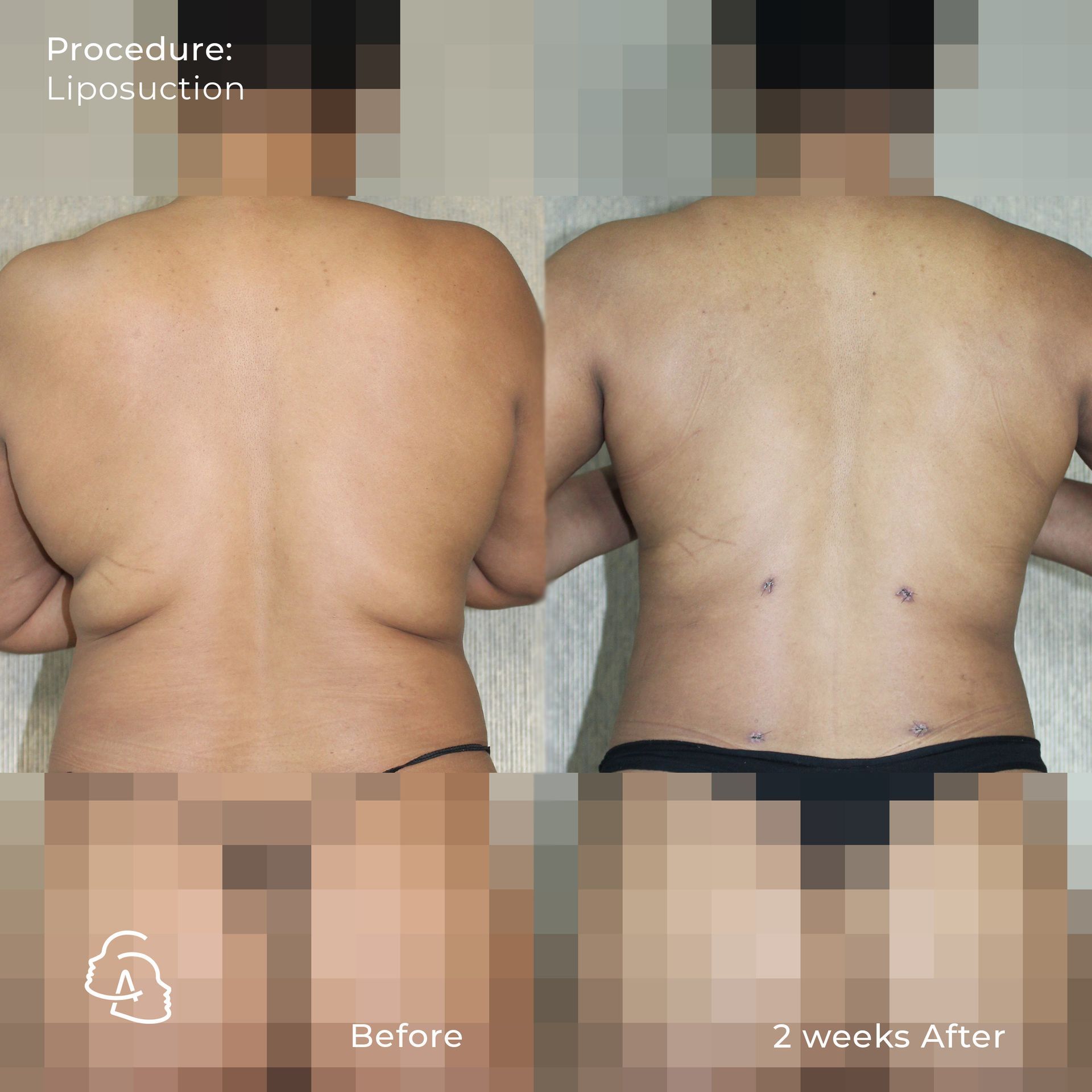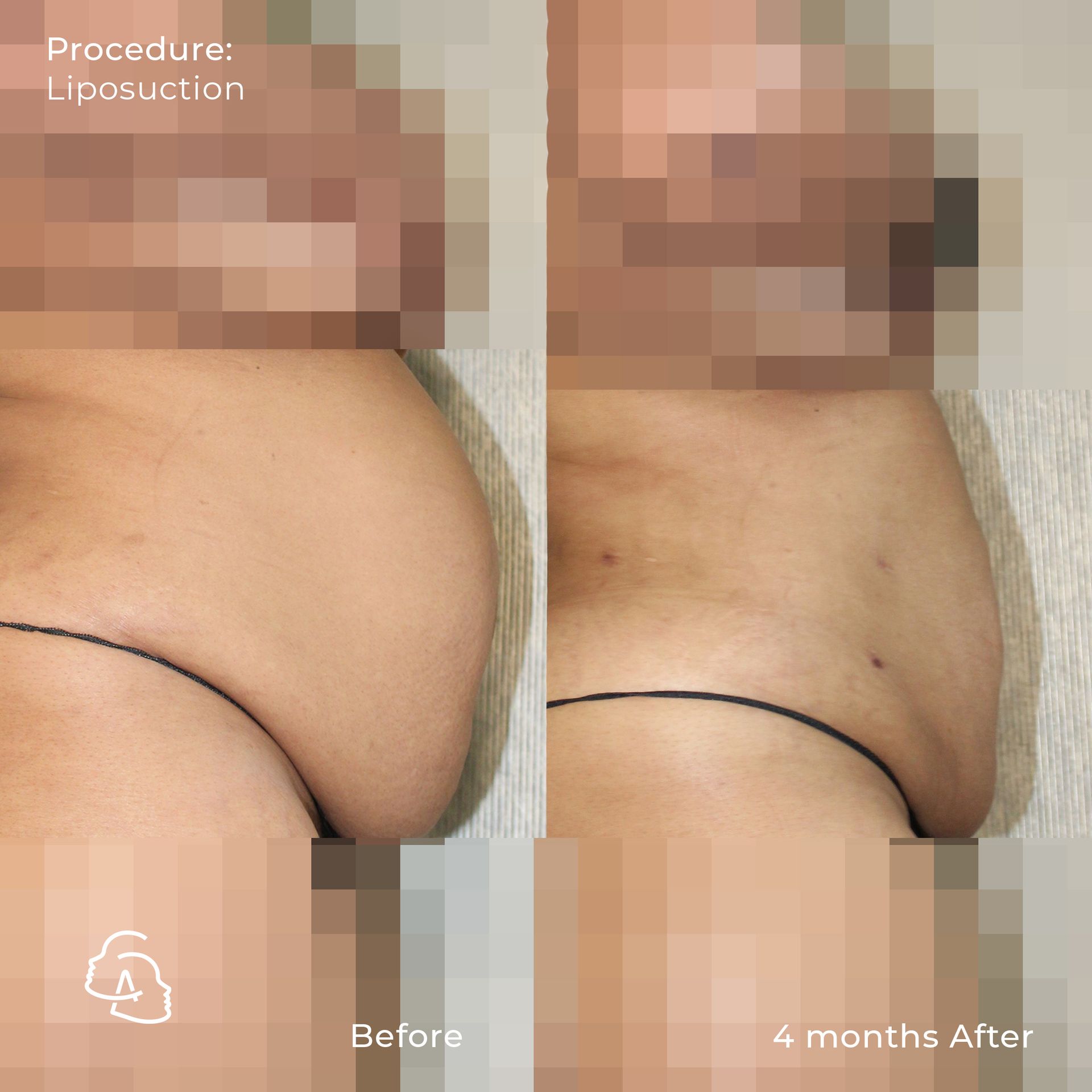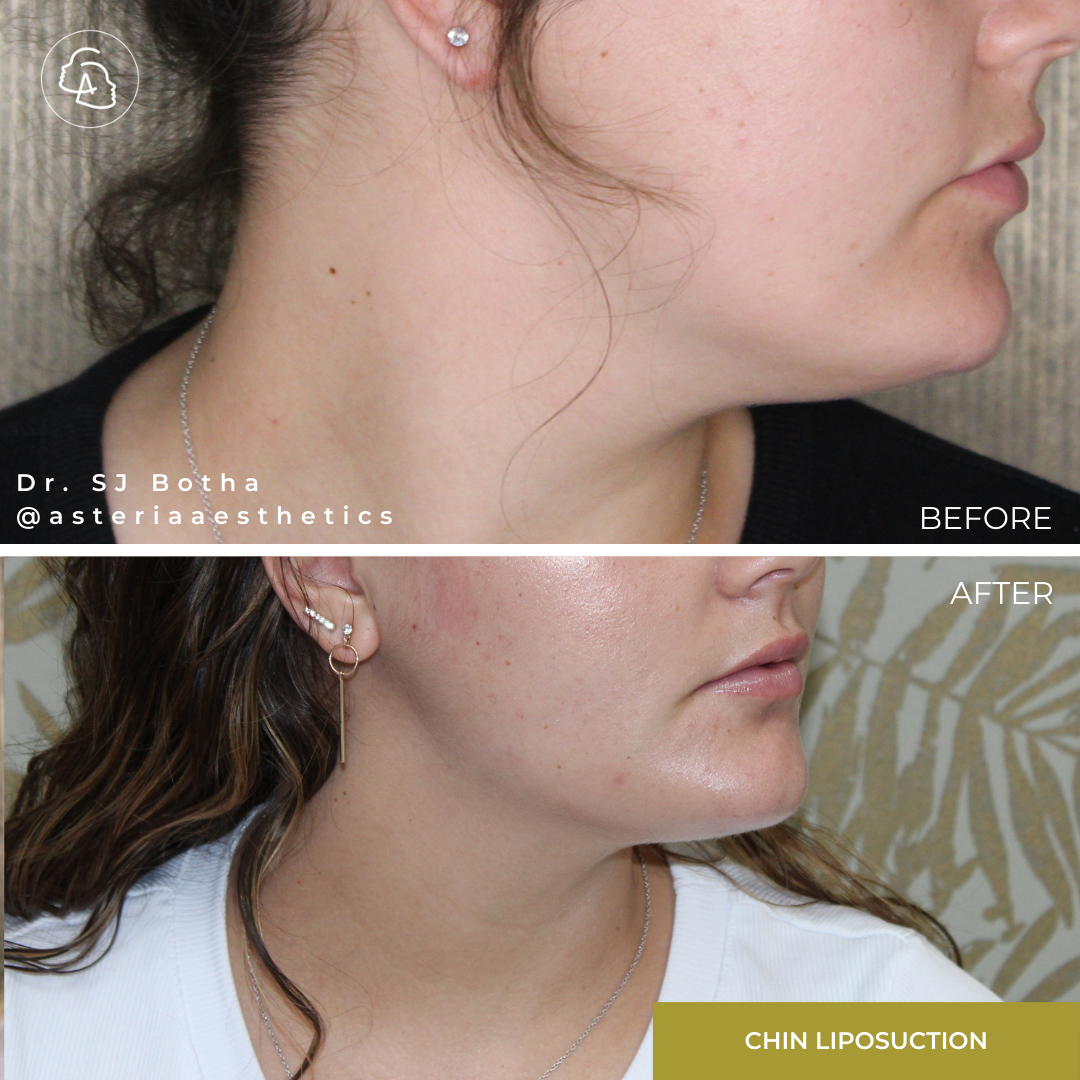Liposuction
What is Liposuction?
Liposuction is a surgical procedure that uses small incisions and a suction technique to remove fat from localized areas around the body. It can be used on several different parts of the body including the chin, chest, abdomen or area below the buttocks, arms, back, neck and legs. Liposuction can also be used for breast reduction or treatment of gynecomastia. Liposuction can be performed as an outpatient procedure with you going home on the same day of your surgery in most cases.
How Does It Work?
During the procedure, small incisions will be made and a thin tube called a cannula is inserted into the area to be treated. A vacuum like device inside the cannula removes fat cells from their surrounding tissue. The resulting contour changes are permanent if your weight remains stable, however fat cells in nearby areas may increase in size to compensate for those lost during liposuction. As a result, a single treatment is not always sufficient to obtain desired results. Please note: Liposuction does not improve cellulite dimpling or other skin surface irregularities. It also does not remove stretch mark
Frequently Asked Questions
We have the answers you need...
Contact us to schedule a consultation
Get in touch today! We're open Monday to Friday 9am to 5pm. Find us at 17 Midas Avenue, Olympus Boulevard Office Park, Heartsease Building, First Floor, Asteria House.




